How many of your credit card charges were made without you ever having to pull out your credit card? And how many of those transactions are recurring transactions?
From almost all our needs to desires, we have started paying a recurring price at regular intervals for access to a product or service. We have “subscribed” to get access to goods and services on a rolling basis. Netflix subscriptions have replaced DVD collections, and Spotify has taken the place of CD shelves. And many companies deliver everything from food to clothes to digital content straight to customers’ doors on a recurring schedule.
What is the subscription model?
Recurring payments.
How, when & why did it start?
Let us understand it with a Gillette vs Dollar Shave Club story as follows:
Gillette vs Dollar Shave Club
Gillette patented and started selling the first safety razor over a century ago. During World War I, US Govt gave more than 3mn razor blades to American soldiers. Since then, Gillette has ruled the shaving blade market through a massive distribution network and promotional activities. After a certain point, it was hard for Gillette to innovate and differentiate in the market because – shaving blade after all is simply a blade, a commodity. It is used to remove the hair. On daily basis in most cases. But Gillette did something to increase its market and increase the consumption of shaving blades – It introduced products with two blades. Then three. Then four. Five. Six. And it patented all of these designs. Cartridge refills were expensive than razor handles. Over a period of time, something cheap became too expensive (from $1 to ~$20). Since it was a need to consumers, they keep on buying it due to its brand and product availability almost everywhere.
In 2012, enter Dollar Shave Club. It launched a website where users could buy razor blades for just one dollar a month, delivered straight to your door. Marketing by the CEO of the company himself was very simple and straightforward:
“Why your razor needs a vibrating handle, a flashlight, a backscratcher, and 10 blades? Stop paying for shave tech you don’t need and stop forgetting to pay for your blades every month—Alejandro and I are gonna’ ship them right to ya.”
In just 3 years, it was sold for over a billion dollars.
Power of subscriptions, driven by recurring payments.
What is Subscription model?
Rather than selling products individually, a subscription offers periodic (daily, weekly, bi-weekly, monthly, semi-annual, yearly/annual, or seasonal) use or access to products or services. A one-time sale of a product can become a recurring sale.
In the traditional model, the product was the central element, pushed to distribution channels and further to consumers. It’s all about products. Whereas, in a subscription model, the customer is in the center. Products, services, channels, etc revolve around the customers or subscribers as per their consumption requirements. It’s all about consumers.
Historically – a subscription was a piece of writing beneath the document: a name, a note, an addendum. When two parties are involved, that constitutes a mutual agreement, an accord, a relationship.
Subscription model has 3 pillars:
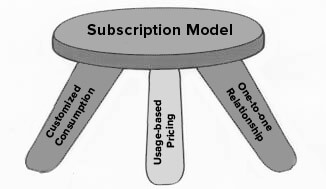
1) Customized Consumption – Users expect to be able to access content (movies, TV shows, or music on-demand) via streaming. They want transportation, whether it’s a car or truck, or bicycle, to be available on an as-needed basis, without onerous upfront costs. They want food delivered to their home without the need for long shopping trips. They want prescribed medicines in customized quantities as-and-when-needed basis. They want education classroom video sessions to be accessed on-demand. They want news in specified quantities, within their interested topics, as-and-when-needed, only from trusted sources.
A key strength lies in service providers’ ability to constantly respond to customer demand and to improve, update, and innovate.
2) Usage-based Pricing – Usage-based payments let consumers pay only for what they use. Flexible terms allow consumers to upgrade, downgrade, or cancel services as their needs change over time. It’s simplified commerce for customers, transactions are neither one-time transactional nor incidental.
3) One-to-one Relationship – There is no better demonstration of “one-to-one” marketing than a subscription service. The cumulative & qualitative effect of recurring payments builds a relationship between brands and consumers. Consumers look for trust built around control, exclusivity, and variety. Subscription service providers are delivering on these demands and keeping their customers engaged – and loyal.
Types of Subscription models (with examples)
- Software as a service
a) Software – Zoom, Salesforce, LinkedIn, Adobe - Boxed style service
a) Groceries – HelloFresh
b) Consumables – Dollar Shave Club
c) Health and wellness – CVS Health Corp, Walgreens - Content
a) News – New York Times
b) Education – BYJU - Accessibility / Streaming
a) Streaming Services (TV/Movies) – Netflix, Prime Video
b) Streaming Services (Music) – Spotify
c) Digital Storage – AWS
The above-mentioned subscription model types can be further bucketed as per the payment model as follows:
- Fixed usage subscription
- Unlimited usage subscription
- Pay-as-you-go-subscription
What motivates customers to subscribe and pay recurringly?
Let’s understand first why do customers pay online. Customers pay because
1) to get something they need/desire
2) to support something they believe in
Subscription model recurring payments come mostly under the first category i.e. something customers need frequently (on a regular or irregular basis). Customer needs have a range from survival needs to needs of good quality of life. As we get higher into the hierarchy of needs, human needs shift from solving physiological problems to satisfying our inner cravings/desires (entertainment, knowledge, beauty, etc). <link>
But why are customers preferring subscriptions to fulfil their needs, over a one-time payment model? Let’s apply the JTBD lens, what do customers want in today’s connected world:
1. When consumers buy something, they are less interested in the status and ephemeral personal fulfilment that came from owning things. Instead, they are motivated by a desire for fulfilling experiences that enrich their lives, so that they can forget about the baggage of ownership.
- End of Ownership
2. When consumers buy something, they are less interested in buying and consuming at the same time. Instead, they are motivated by buying anytime to consume it sometime later, so as to make themselves feel better.
- Uninhibited Consumption on Demand
3. When consumers buy something on regular basis, they are not only interested in saving the cost, but also interested in the convenience and flexibility of making payment, so that they can make themselves worry-less to complete the transaction to fulfil their needs.
- Cost saving and Convenience of payment
4. When consumers buy something which has a long shelf life, they are not only interested in consuming the latest and the exclusive, but also interested in the access of the greatest and the gold of its time, so that they can make themselves feel well-off enough to have access to what they aspire for.
- Portfolio Effect (Access to ‘Latest and Exclusive’ & ‘Greatest and Gold’)
The subscription implies that you will provide value on a sustainable basis, so think about what happens after the first few months.
The great streaming experience
So if we only talk about the streaming experience, it is solving two key needs:
- Streaming is a great way of consuming “chosen” (not random) content on demand. Content that fills customers entertainment gap.
- Streaming is a great way of “rediscovering” the importance – and value – of receiving content from a trusted source. Content that fill customers knowledge gap – help them learn something new.
If the above two needs are well fulfilled, customers are happy to pay a premium as long as the content is high-quality and the experience is customized for them.
How is Portfolio effect making the user experience unique?
Consumers pick subscription services that are easy to use and anticipate hassle-free value. They are looking for trust built around control, exclusivity, and variety. To provide value on a sustainable basis, streaming services are thinking about what happens after the first few months. As mentioned above, customers want not only the latest and exclusive but also the greatest and gold – the portfolio of evergreen content. Each content on OTT has a long-shelf-life, which stays relevant for years. That’s the reason why customers are paying a premium on Netflix (keeping technological and UI experience at par).
What is the future of subscription model?
“Any customer can have a car painted any color that he wants, as long as it is black.”
– Henry Ford
Now think about Ford no longer talking about cars, but them being a mobility company, as they recognize that the real test is how they get somebody from bed to desk and back. AI knowledge about weather, parking spots, commute times should be the new norms as part of the experience with them as that commute is set up.
Similarly, think about today’s Spotify generation, and the hassles of ownership no longer have an appeal. How to appeal to them in the future. And think about what banking may need to look like for this generation in the next 10 years.
The best part of the subscription economy is that it’s on the cloud. Once something is in the cloud, usage patterns are vital insights for the product and engineering guys and are close to design processes. As a service, we can be where the customer is next to the engineer. Artificial intelligence will act as the main driver of emerging technologies and it will continue to act as a technological innovator for the foreseeable future.
Think of the subscription economy as an “everything-as-a-service model”
Subscription Fatigue?
Can you confidently tell somebody how many subscription services you’re a member of? A growing subset of consumers is indicating that they’re tired of subscriptions or getting fatigued i.e. the potential tiring of consumers of signing up for an increasing number of subscription businesses. Is it really happening? If yes, how do we avoid this?
References:
The End of Ownership 2020.pdf
forbes.com/sites/forbesinsights/2020/06/02/are-we-at-the-subscription-economy-tipping-point–with-tien-tzuo/?sh=2424b0e52cf0
‘Subscribed’ by Tein Tzuo
profitwell.com/recur/all/subscription-fatigue
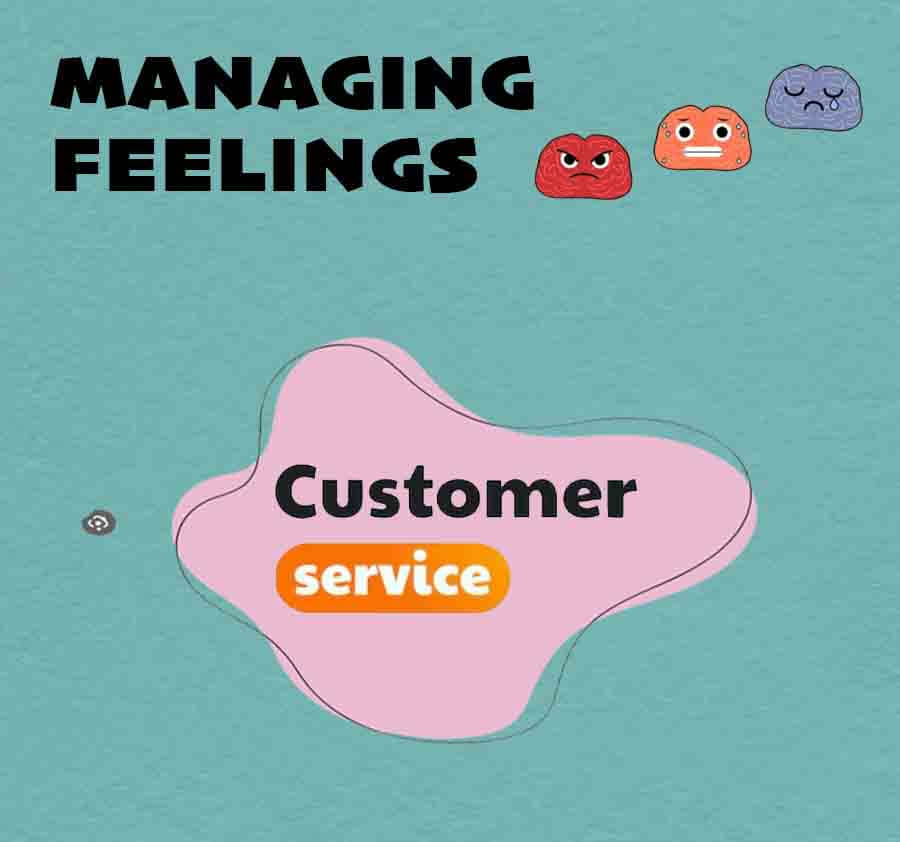
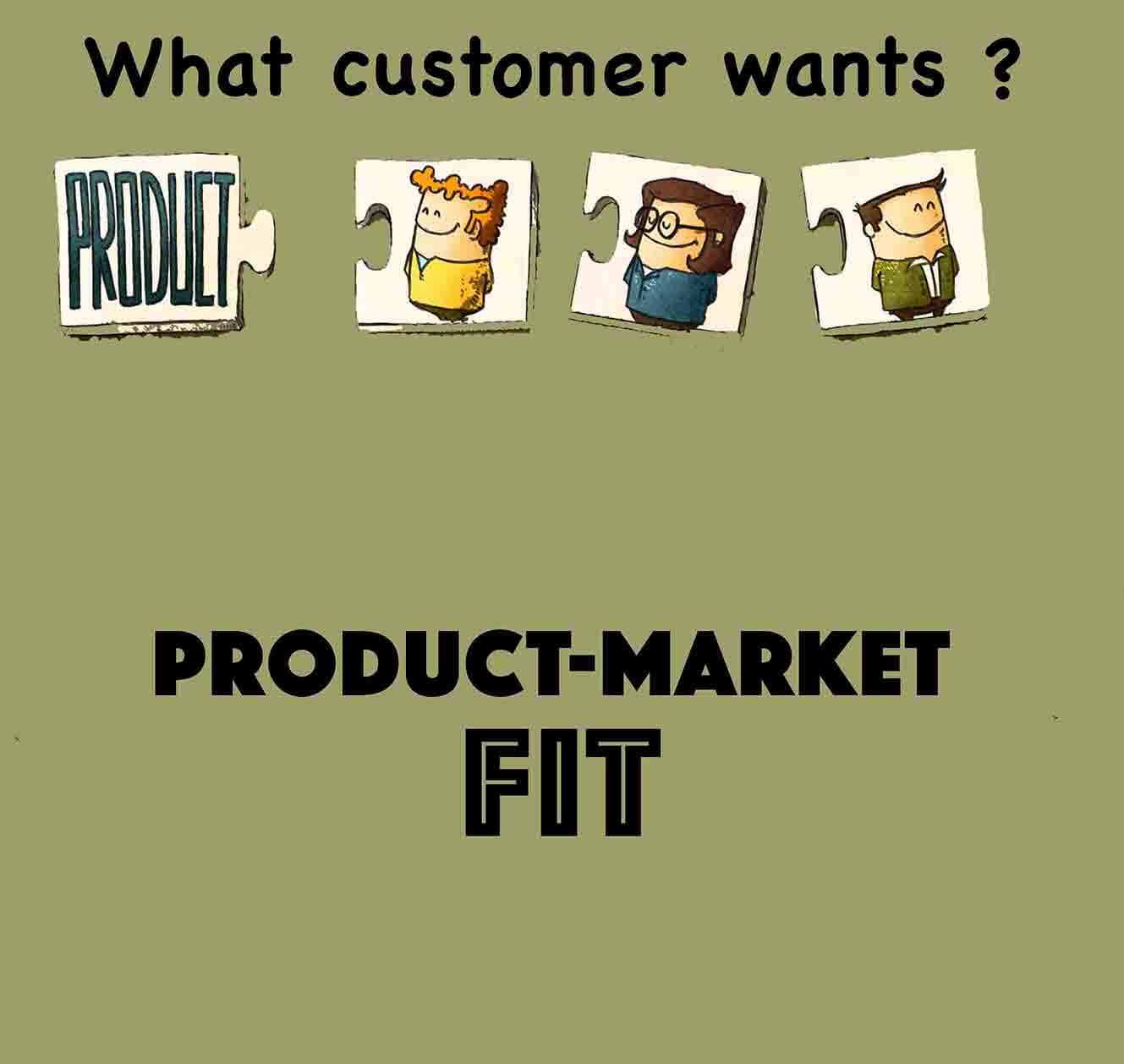
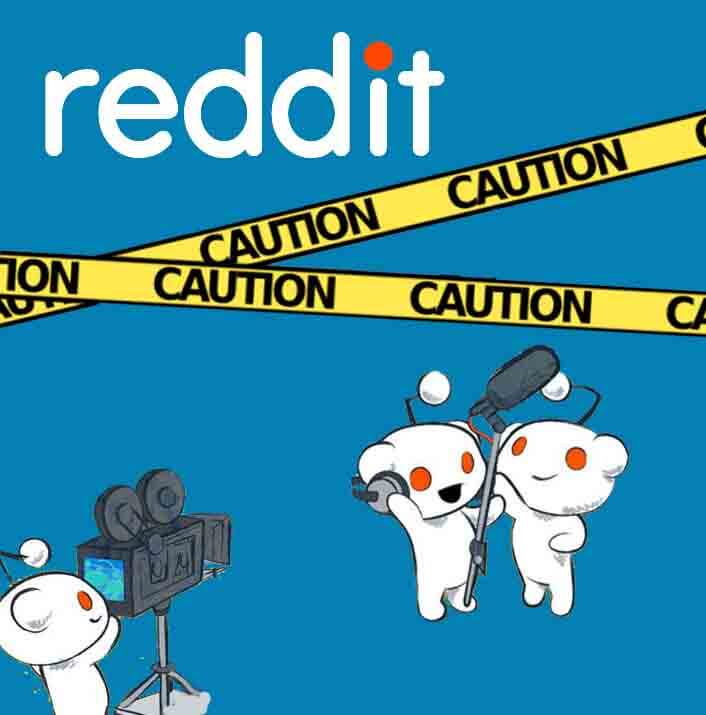
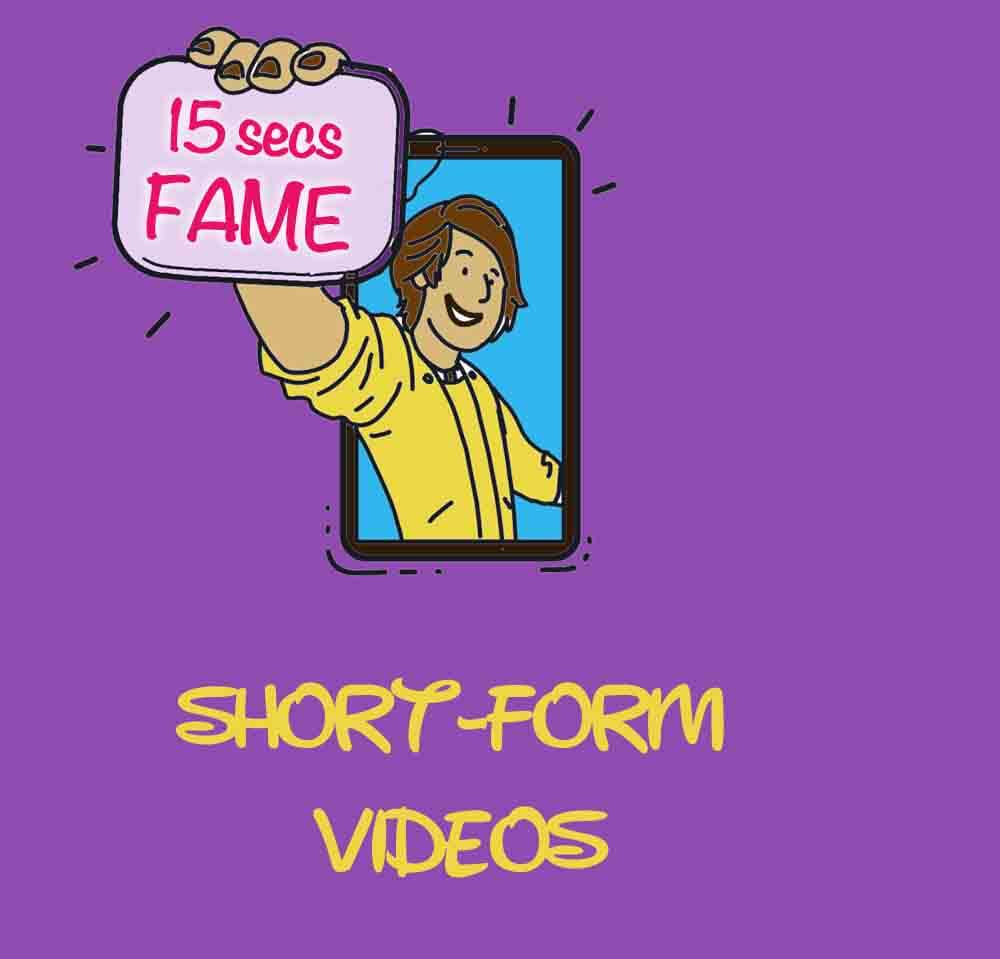
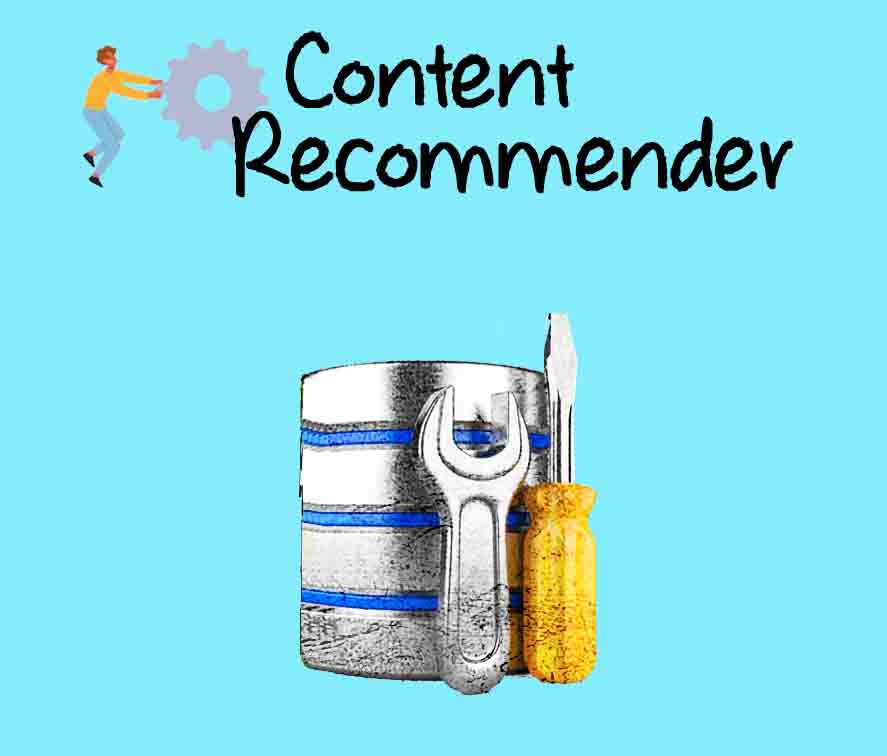
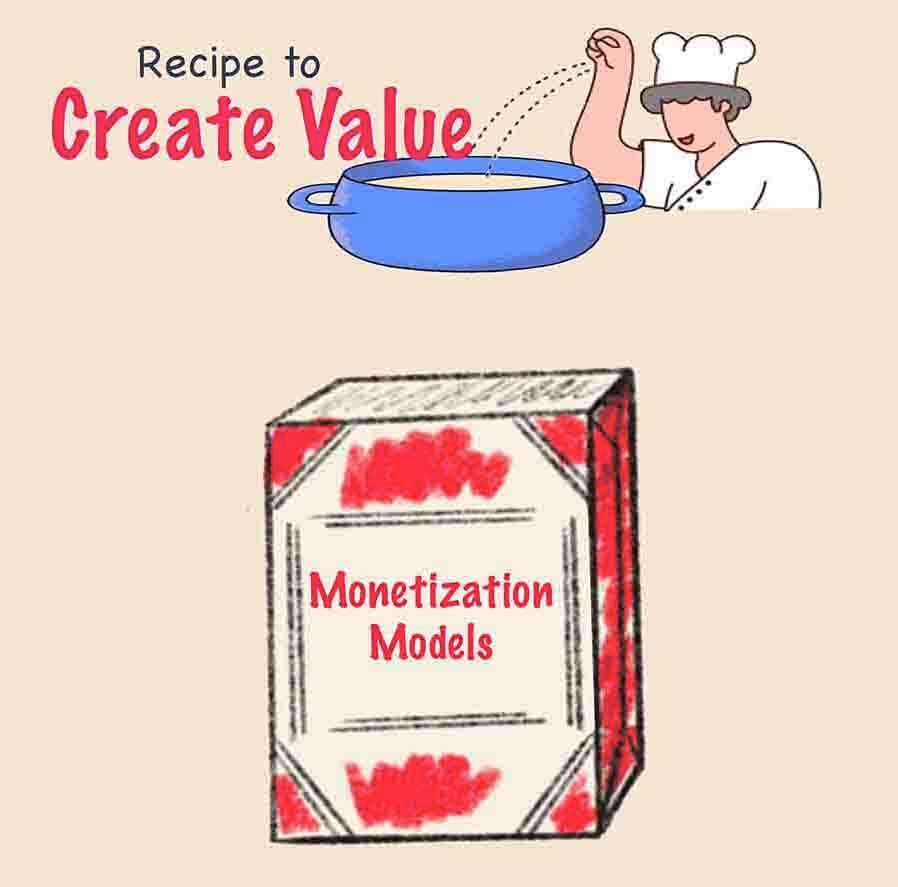
 Swipe for more stories
Swipe for more stories
Comments